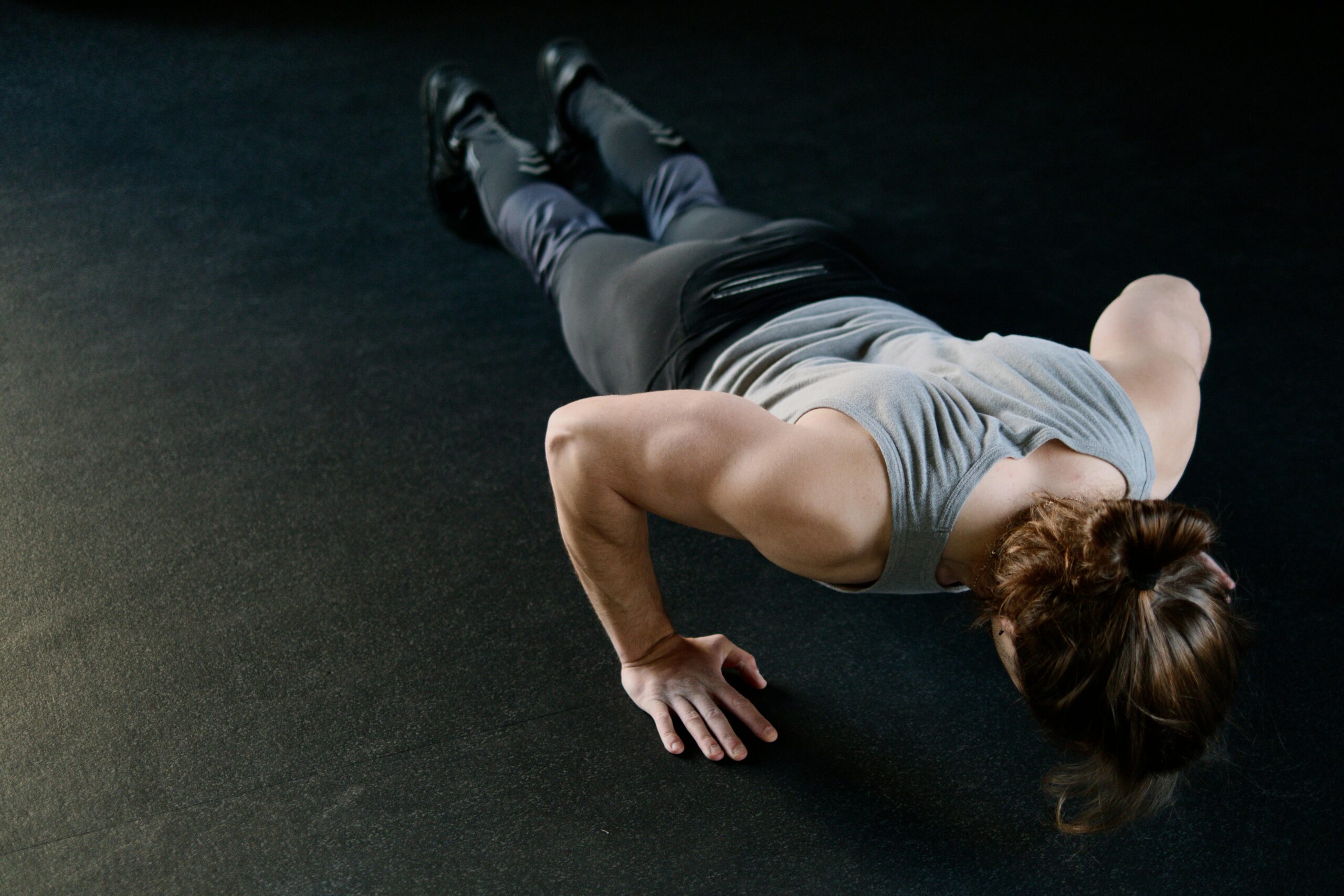Achieving Calisthenics Hypertrophy: The Ultimate Guide to Building Muscle with Calisthenics
Welcome to Body Weight Beast! If you’re looking to build serious muscle without hitting the gym, you’re in the right place. Calisthenics hypertrophy, or building muscle mass through bodyweight exercises, is not only possible but also incredibly effective. In this guide, we’ll explore how to achieve hypertrophy calisthenics-style, offering tips, techniques, and routines that will help you maximize muscle growth.
What is Calisthenics Hypertrophy?
Understanding Hypertrophy
Hypertrophy refers to the process of increasing muscle size through resistance training. When you work out, your muscles undergo stress, leading to small tears in muscle fibers. As your body repairs these tears, the muscle fibers become thicker and stronger, resulting in muscle growth.
Why Calisthenics for Hypertrophy?
Calisthenics is a form of resistance training that uses your body weight as the resistance. While many people associate hypertrophy with lifting heavy weights, calisthenics hypertrophy can be just as effective if approached correctly. The key lies in progressively increasing the intensity of your workouts, just as you would with weights, by modifying exercises and increasing volume.

Key Principles of Hypertrophy Calisthenics
1. Progressive Overload
To stimulate muscle growth, you need to challenge your muscles progressively. In hypertrophy calisthenics, this means gradually increasing the difficulty of exercises. For example, once you’ve mastered regular push-ups, you can progress to decline push-ups, then one-arm push-ups, and so on. This continuous challenge forces your muscles to adapt and grow.
2. High Volume and Repetitions
Hypertrophy is best achieved with a higher volume of repetitions. Aim for sets of 8-12 reps with 3-5 sets per exercise. This rep range is ideal for building muscle size. For calisthenics, focus on exercises that allow you to perform within this range while still challenging your muscles.
3. Time Under Tension
The amount of time your muscles are under tension during an exercise is crucial for hypertrophy. Slowing down the tempo of your movements, such as taking 3 seconds to lower yourself in a push-up, can increase time under tension and boost muscle growth. This technique is especially effective in hypertrophy calisthenics.
4. Consistency and Frequency
Consistency is key when it comes to building muscle. Training each muscle group 2-3 times per week ensures that you’re stimulating muscle growth regularly. In hypertrophy calisthenics, incorporating a split routine (e.g., upper body one day, lower body the next) can help maintain this frequency while giving each muscle group adequate rest.

Best Exercises for Calisthenics Hypertrophy
Push-Ups and Variations
Push-ups are a staple in calisthenics and are excellent for building the chest, shoulders, and triceps.
- Standard Push-Ups: Start with the basics and aim for 3-5 sets of 8-12 reps.
- Decline Push-Ups: Elevate your feet to increase the difficulty and target the upper chest.
- Diamond Push-Ups: Narrow your hand placement to focus on the triceps.
- Archer Push-Ups: Shift your weight to one side to increase intensity and build unilateral strength.
Pull-Ups and Chin-Ups
Pull-ups are essential for developing the back and biceps. They can be modified to suit your level and help you achieve hypertrophy calisthenics.
- Standard Pull-Ups: Perform with a shoulder-width grip for balanced back development.
- Chin-Ups: Use an underhand grip to emphasize the biceps.
- Wide-Grip Pull-Ups: Target the outer lats for a broader back.
- L-Sit Pull-Ups: Engage the core while working the upper body.
Dips
Dips are great for building the chest, shoulders, and triceps.
- Parallel Bar Dips: Focus on full range of motion and control.
- Ring Dips: Increase instability to engage more muscle fibers.
- Korean Dips: A more advanced variation that targets the shoulders and triceps.
Squats and Pistol Squats
For lower body hypertrophy, squats are your go-to exercise in calisthenics.
- Bodyweight Squats: Perfect for beginners, focus on depth and form.
- Jump Squats: Add explosive power to your routine.
- Pistol Squats: A single-leg squat that challenges strength, balance, and flexibility.
Core Exercises
A strong core is vital for overall strength and muscle growth.
- Plank Variations: Include side planks, forearm planks, and plank reaches.
- Hanging Leg Raises: Excellent for the lower abs.
- Russian Twists: Target the obliques and improve rotational strength.
For equipment that can enhance your calisthenics workouts, such as resistance bands or dip bars, check out our equipment page.

Designing a Calisthenics Hypertrophy Workout Routine
Upper/Lower Split Routine
An upper/lower split is effective for hypertrophy calisthenics as it allows you to target each muscle group with sufficient volume while also giving adequate recovery time.
Day 1: Upper Body
- Push-Ups: 4 sets of 10-12 reps
- Pull-Ups: 4 sets of 8-10 reps
- Dips: 4 sets of 10-12 reps
- Plank Holds: 3 sets of 60 seconds
Day 2: Lower Body
- Squats: 4 sets of 12-15 reps
- Pistol Squats: 3 sets of 8-10 reps (each leg)
- Jump Squats: 3 sets of 12 reps
- Hanging Leg Raises: 4 sets of 10-12 reps
Day 3: Rest or Active Recovery
Day 4: Repeat Upper Body
Day 5: Repeat Lower Body
Day 6: Rest or Active Recovery
Day 7: Rest
Full-Body Routine
If you prefer full-body workouts, here’s a routine that ensures all major muscle groups are targeted effectively for hypertrophy calisthenics.
- Push-Ups: 3 sets of 10-12 reps
- Pull-Ups: 3 sets of 8-10 reps
- Dips: 3 sets of 10-12 reps
- Bodyweight Squats: 3 sets of 15 reps
- Pistol Squats: 3 sets of 8-10 reps
- Plank Holds: 3 sets of 60 seconds
For more tools to elevate your hypertrophy calisthenics, visit our equipment page.

Tips for Maximizing Calisthenics Hypertrophy
Nutrition for Muscle Growth
Diet plays a crucial role in hypertrophy. To support muscle growth, ensure you’re consuming enough protein, healthy fats, and carbohydrates. Protein is particularly important for repairing and building muscle tissue, so aim to include it in every meal.
Rest and Recovery
Muscles grow during rest, not during the workout itself. Ensure you get plenty of sleep and allow for recovery days in your routine. If you’re feeling particularly sore, consider active recovery methods like stretching or light cardio.
Tracking Progress
Keep track of your workouts, noting the number of sets, reps, and any variations used. This will help you see your progress over time and identify when it’s time to increase the intensity.
Use of Equipment
While calisthenics focuses on bodyweight exercises, incorporating equipment like resistance bands, parallettes, or weighted vests can enhance your workouts and provide additional resistance. For the best calisthenics equipment, visit our equipment page.

Conclusion: Embrace the Power of Calisthenics Hypertrophy
Calisthenics hypertrophy is a powerful approach to building muscle, combining the benefits of bodyweight training with the principles of muscle growth. By focusing on progressive overload, high volume, and consistent training, you can achieve impressive results without ever stepping foot in a gym. Remember, the key to success is persistence, proper nutrition, and a well-structured routine.
Ready to take your hypertrophy calisthenics to the next level? Explore our equipment page to find the tools that will help you push past your limits and reach your muscle-building goals. Start your journey today and see the incredible transformation that calisthenics can bring to your body!




